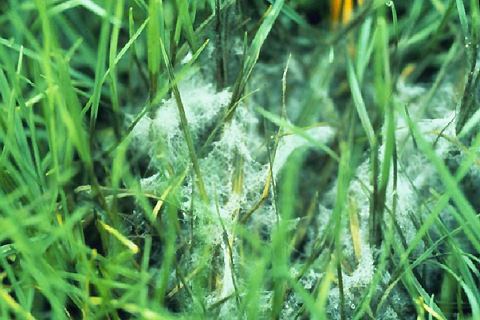Superphylum Heterokonta Scientific name Pythium Rank Genus | Order Pythiales | |
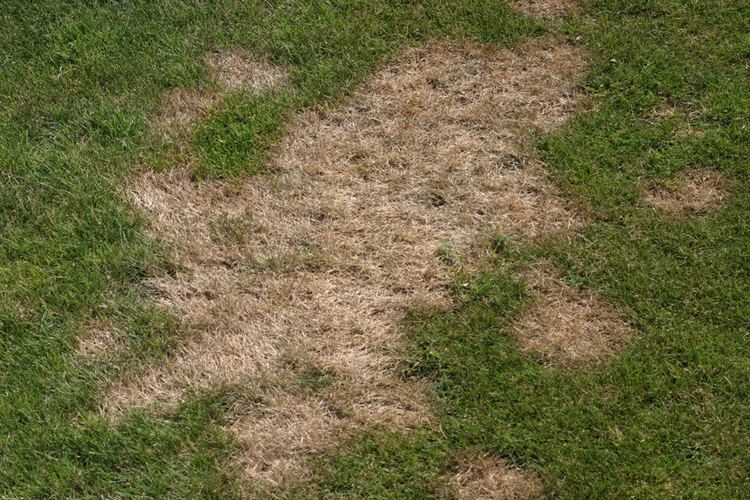 | ||
Lower classifications Pythium ultimum, Pythium aphanidermatum, Pythium oligandrum, Pythium insidiosum, Pythium debaryanum | ||
Pythium root rot of cereals video clip
Pythium is a genus of parasitic oomycotes. They were formerly classified as fungi. Most species are plant parasites, but Pythium insidiosum is an important pathogen of animals, causing Pythiosis. The feet of the fungus gnat are frequently a vector for their transmission.
Contents
- Pythium root rot of cereals video clip
- Pythium important features life cycle
- Morphology
- Ecological importance
- References

Pythium important features life cycle
Morphology
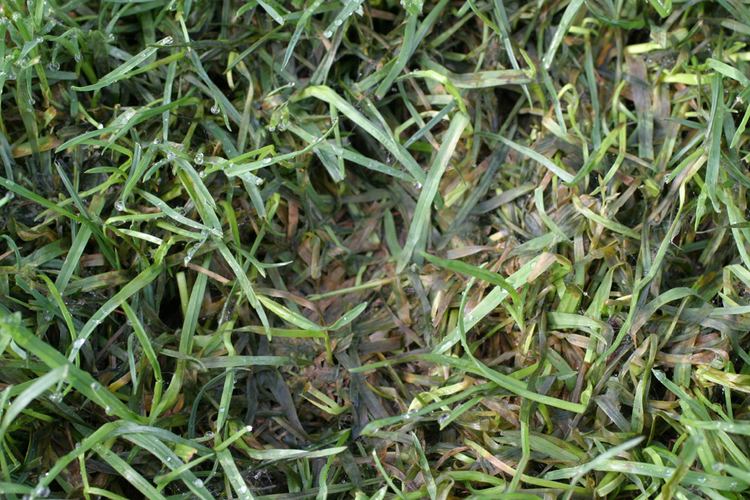
Ecological importance
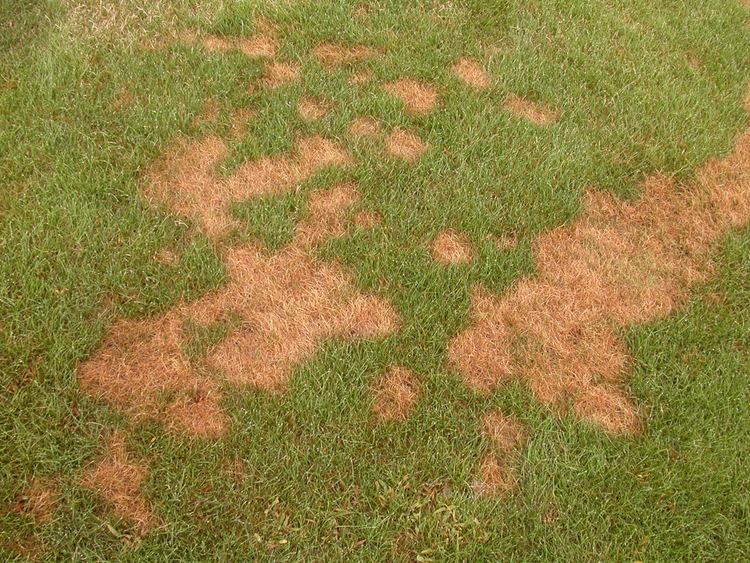
Pythium-induced root rot is a common crop disease. When the organism kills newly emerged or emerging seedlings, it is known as damping off, and is a very common problem in fields and greenhouses. This disease complex usually involves other pathogens such as Phytophthora and Rhizoctonia. Pythium wilt is caused by zoospore infection of older plants, leading to biotrophic infections that become necrotrophic in response to colonization/reinfection pressures or environmental stress, leading to minor or severe wilting caused by impeded root functioning.
Many Pythium species, along with their close relatives Phytophthora, are plant pathogens of economic importance in agriculture. Pythium spp. tend to be very generalistic and unspecific in their large range of hosts, while Phytophthora spp. are generally more host-specific.

For this reason, Pythium spp. are more devastating in the root rot they cause in crops, because crop rotation alone often does not eradicate the pathogen (nor does fallowing the field, as Pythium spp. are also good saprotrophs, and survive for a long time on decaying plant matter).

In field crops, damage by Pythium spp. is often limited to the area affected, as the motile zoospores require ample surface water to travel long distances. Additionally, the capillaries formed by soil particles act as a natural filter and effectively trap many zoospores. However, in hydroponic systems inside greenhouses, where extensive monocultures of plants are maintained in plant nutrient solution (containing nitrogen, potassium, phosphate, and micronutrients) that is continuously recirculated to the crop, Pythium spp. cause extensive and devastating root rot and is often difficult to prevent or control. The root rot affects entire operations (tens of thousands of plants, in many instances) within two to four days due to the inherent nature of hydroponic systems where roots are nakedly exposed to the water medium, in which the zoospores can move freely.
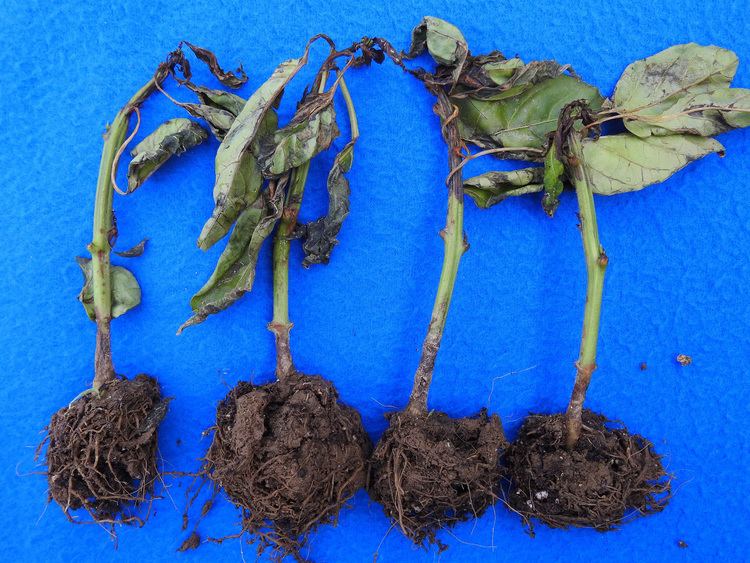
Several Pythium species, including P. oligandrum, P. nunn, P. periplocum, and P. acanthicum, are mycoparasites of plant pathogenic fungi and oomycetes, and have received interest as potential biocontrol agents.
